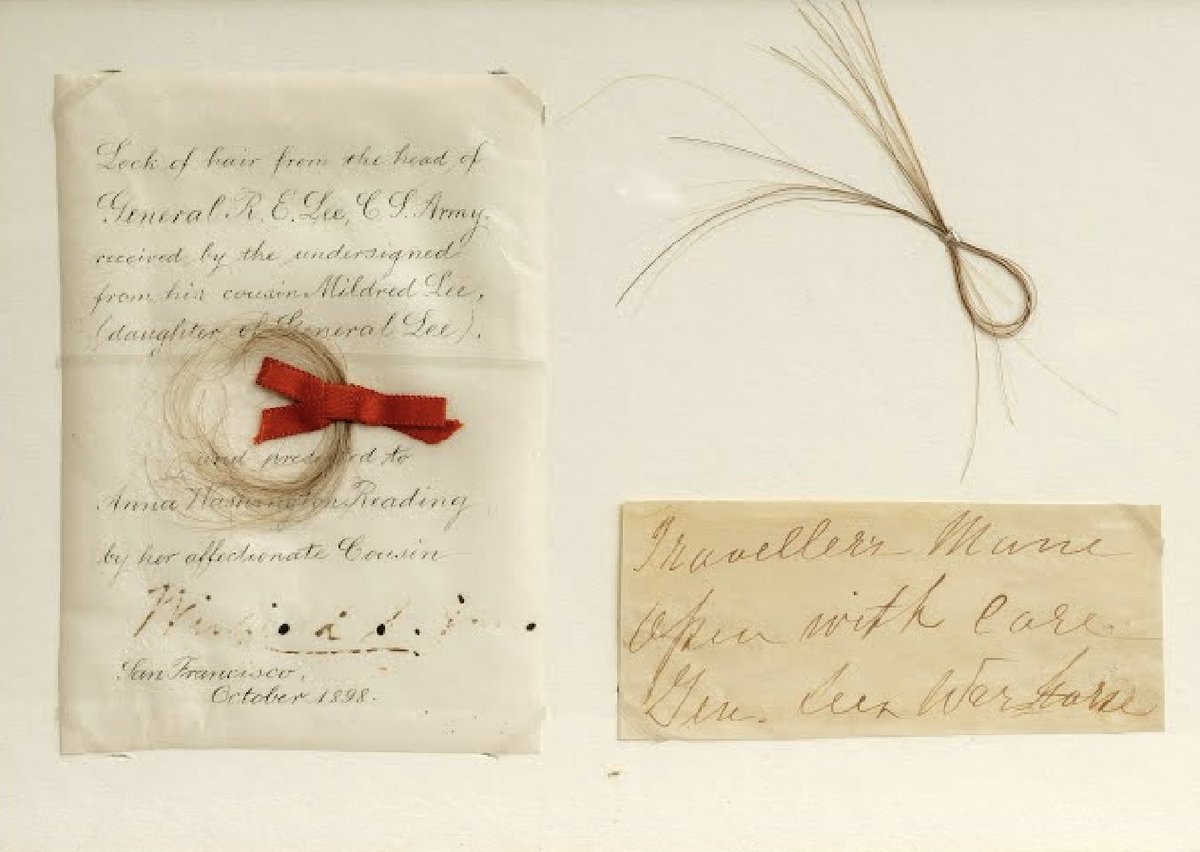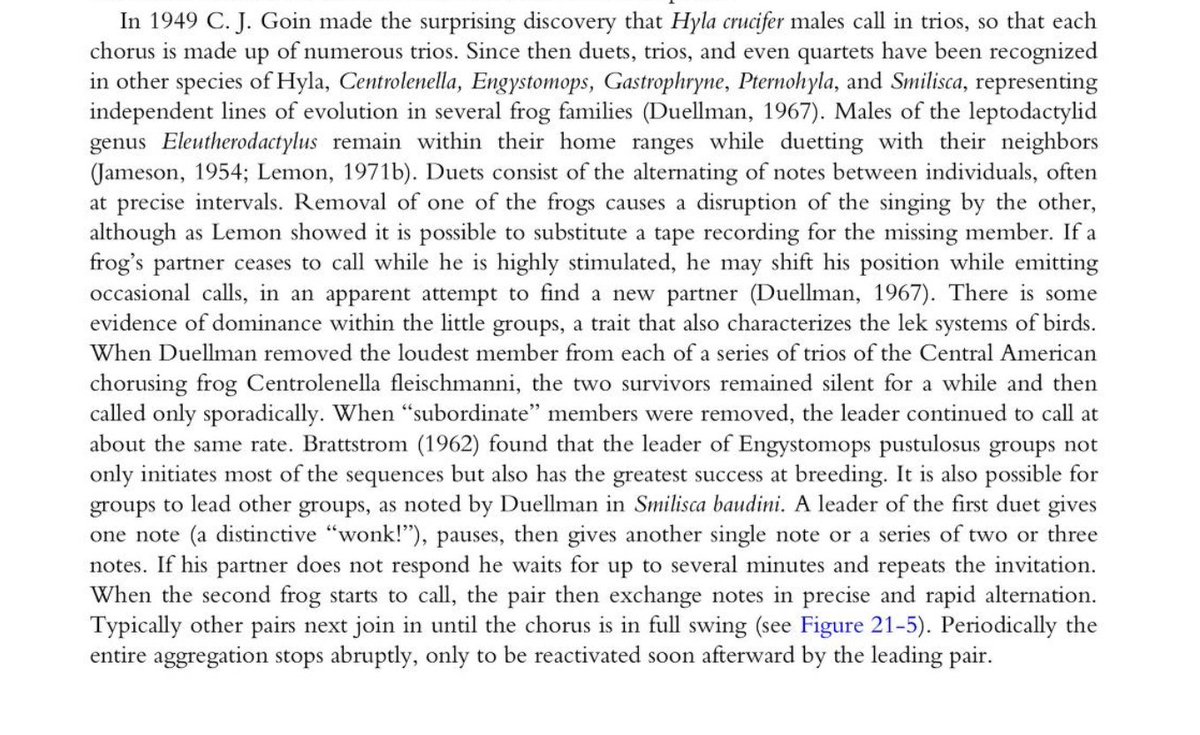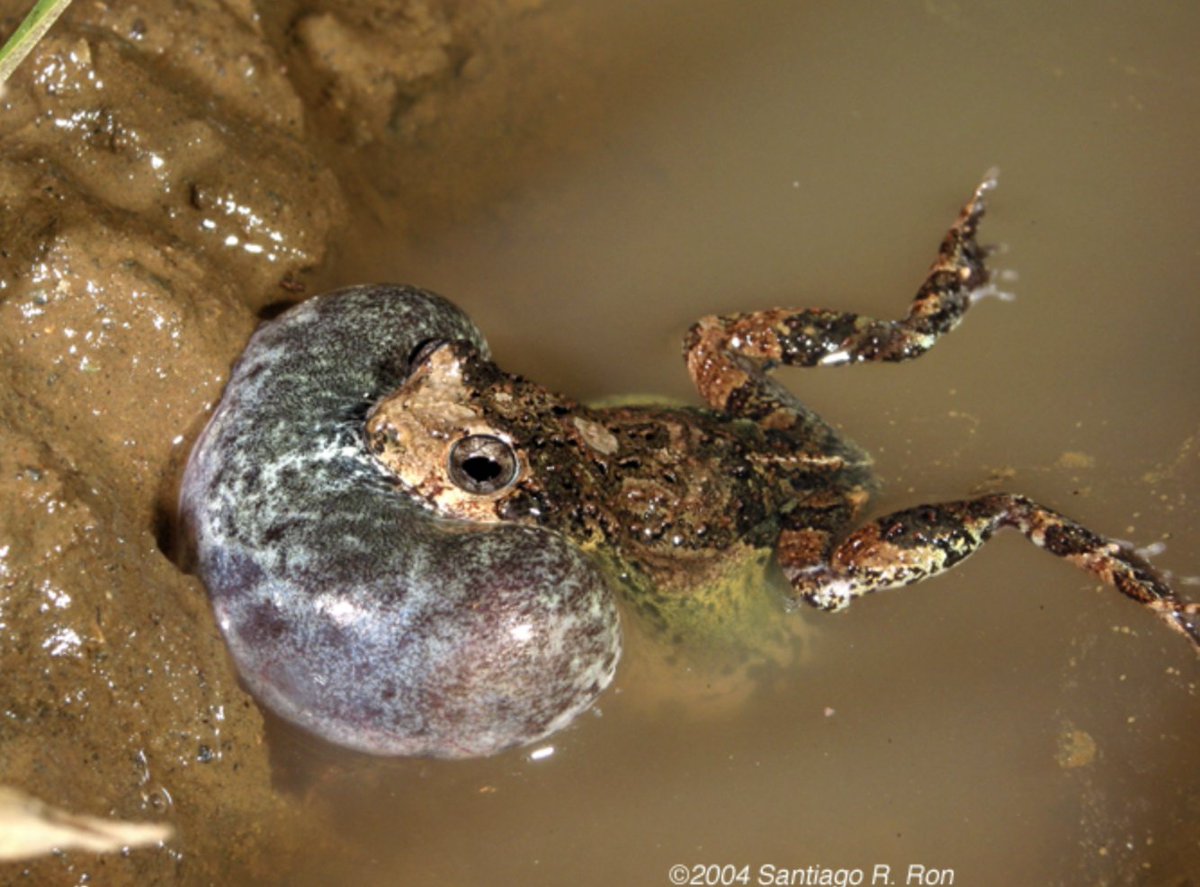Thread of American war horses
First is Blueskin, one of George Washington's two favorite steeds during the Revolutionary War.
First is Blueskin, one of George Washington's two favorite steeds during the Revolutionary War.

Blueskin, a half-Arabian, matched GW's impressive physique and could endure long riding days.
But he got the yips in battle, so Washington preferred the chestnut Nelson for combat, shown here at Trenton

But he got the yips in battle, so Washington preferred the chestnut Nelson for combat, shown here at Trenton


Paul Revere's gallop through the Massachusetts countryside relied on a borrowed mare, possibly named Brown Beauty.
She belonged to a local family, the Larkins, who put her in Revere's service after he rowed across the Charles River with news of lobsterbacks on the march
She belonged to a local family, the Larkins, who put her in Revere's service after he rowed across the Charles River with news of lobsterbacks on the march

Cynics are fond of "debunking" the Midnight Ride, sneering that Revere never made it to Concord.
Make no mistake: Revere deserves his fame for kickstarting the alarm and muster system that night, as does the trusty mare for speeding him through the darkness

Make no mistake: Revere deserves his fame for kickstarting the alarm and muster system that night, as does the trusty mare for speeding him through the darkness
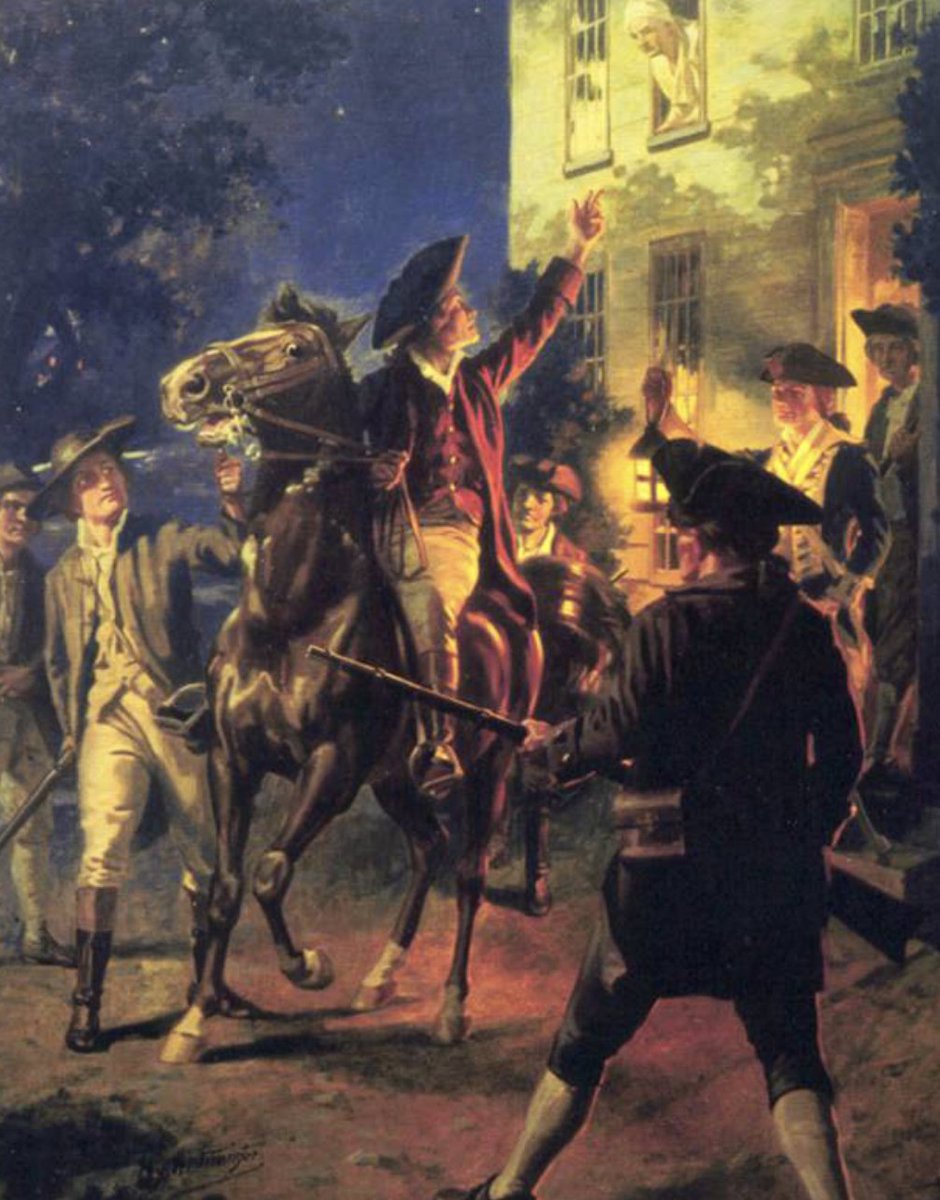

Traveller might be the most famous of the list. Robert E. Lee fell in love with the colt when he first glanced him in 1861. Traveller became Lee's favorite mount and showed great vigor for the rest of the war.
Like Blueskin, he complemented his owner's majestic reputation.
Like Blueskin, he complemented his owner's majestic reputation.
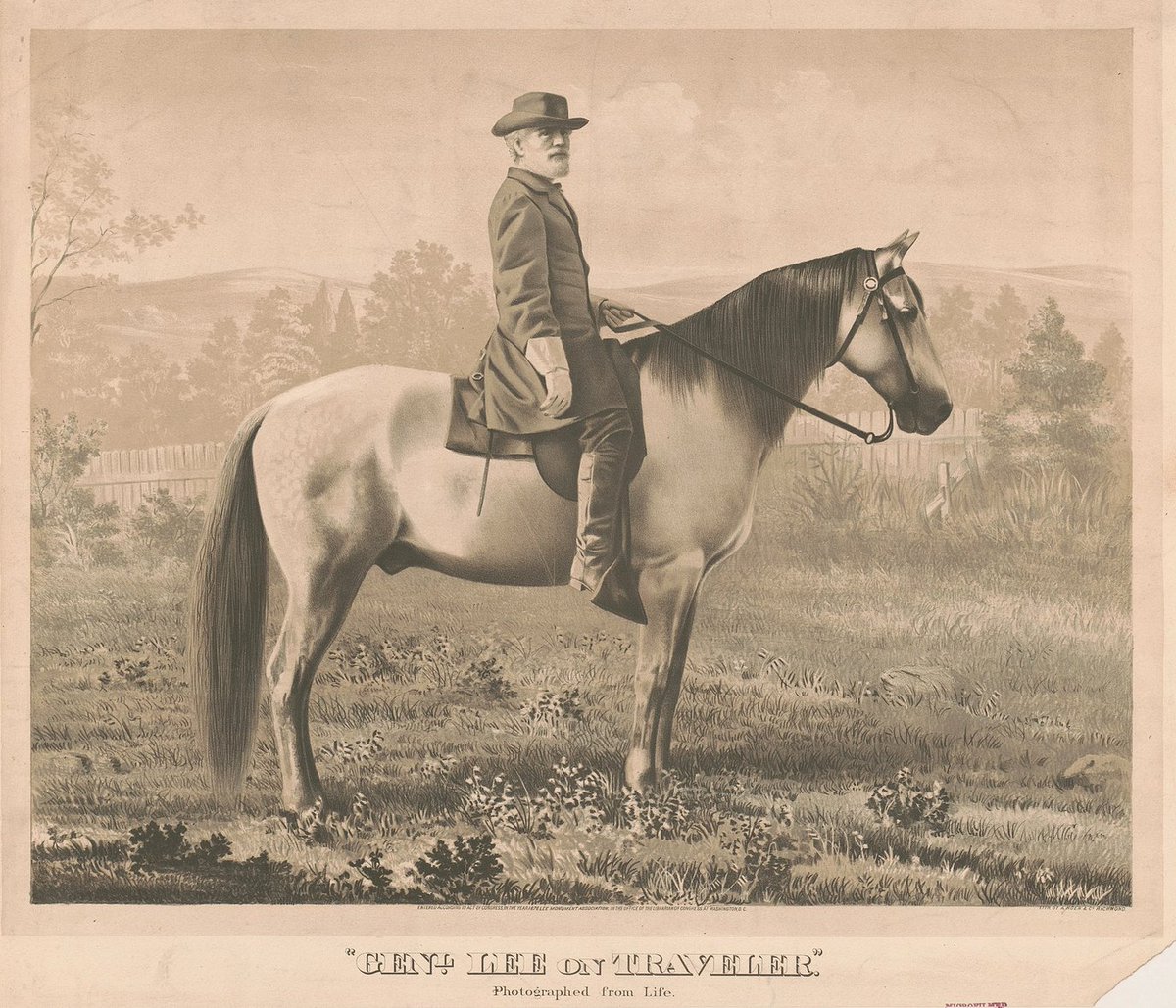
Traveller grazed on the campus of Washington College during Lee's final years. Displaying his tenderness for the animal, Lee described him to a painter this way : 

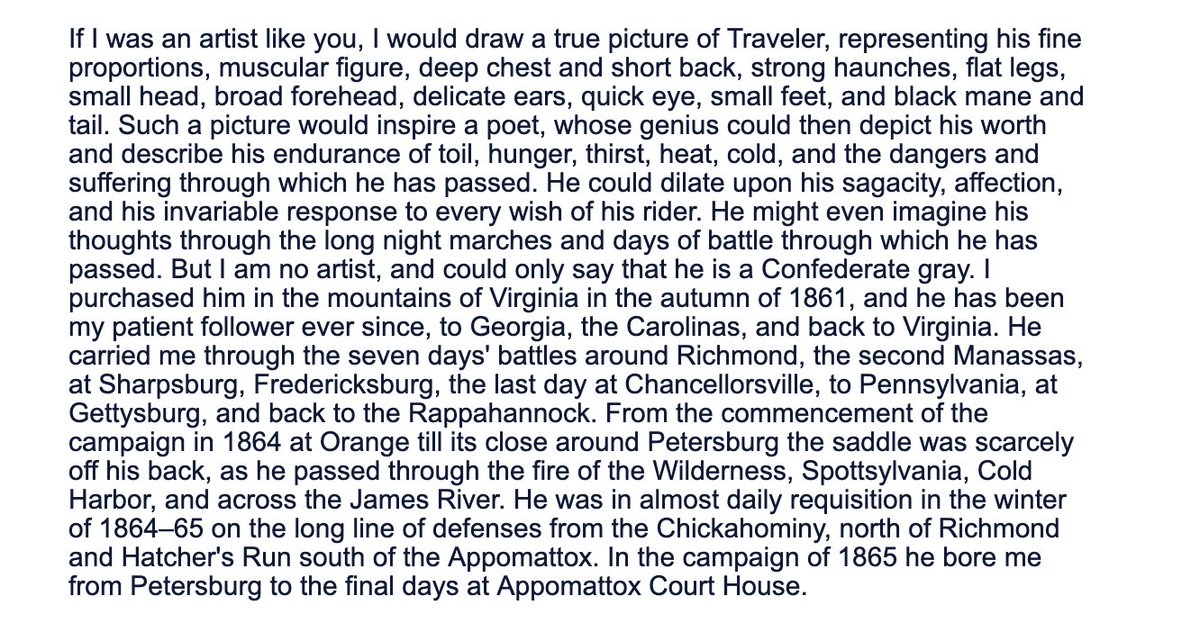
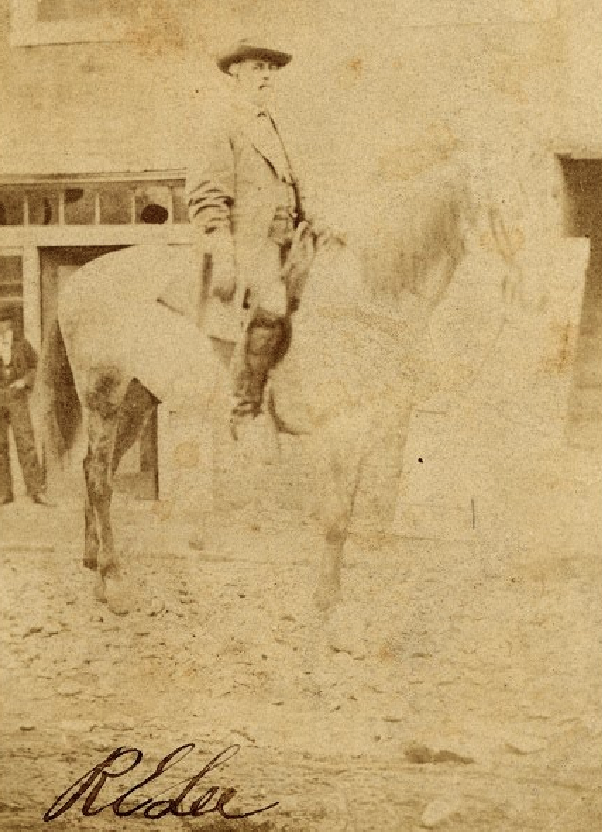
Like Lee, Ulysses S. Grant rode several horses during the war, but his thoroughbred Cincinnati rose above the rest.
Gentle in peace and spirited in battle, the lightning-fast bay fit Grant's tenacity.
Gentle in peace and spirited in battle, the lightning-fast bay fit Grant's tenacity.
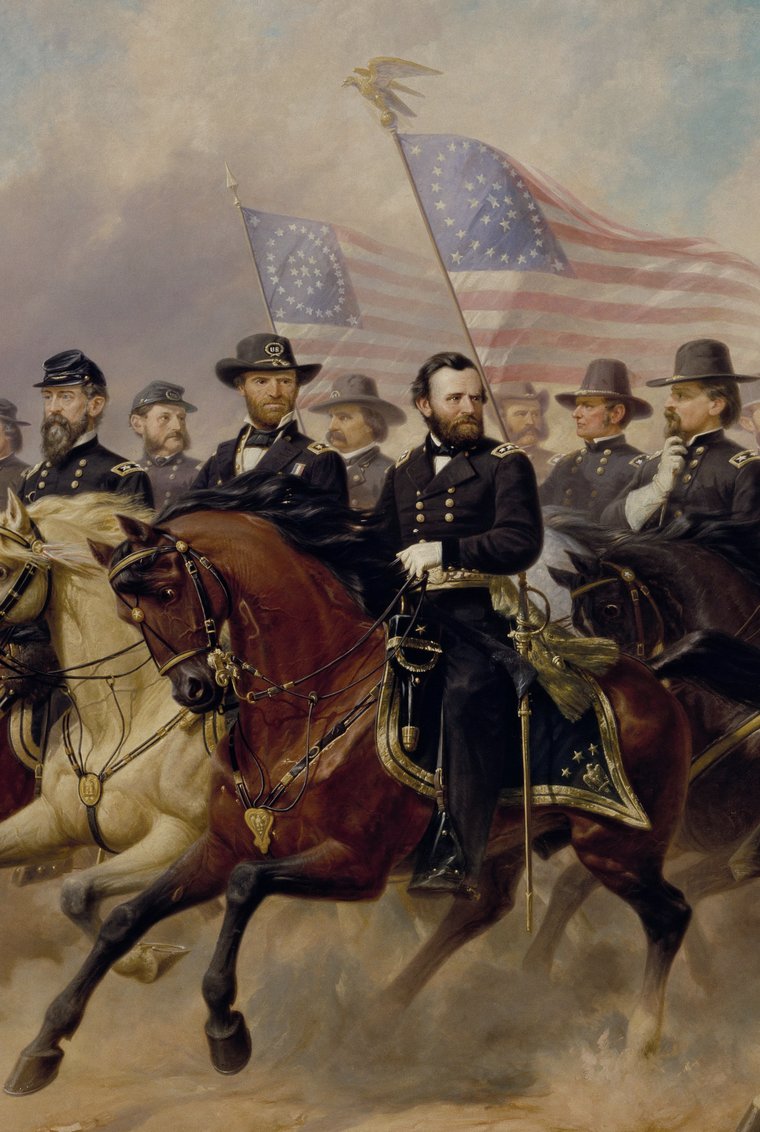
Few men gained Grant's permission to ride Cincinnati, but he did make an extended exception for Abraham Lincoln. 
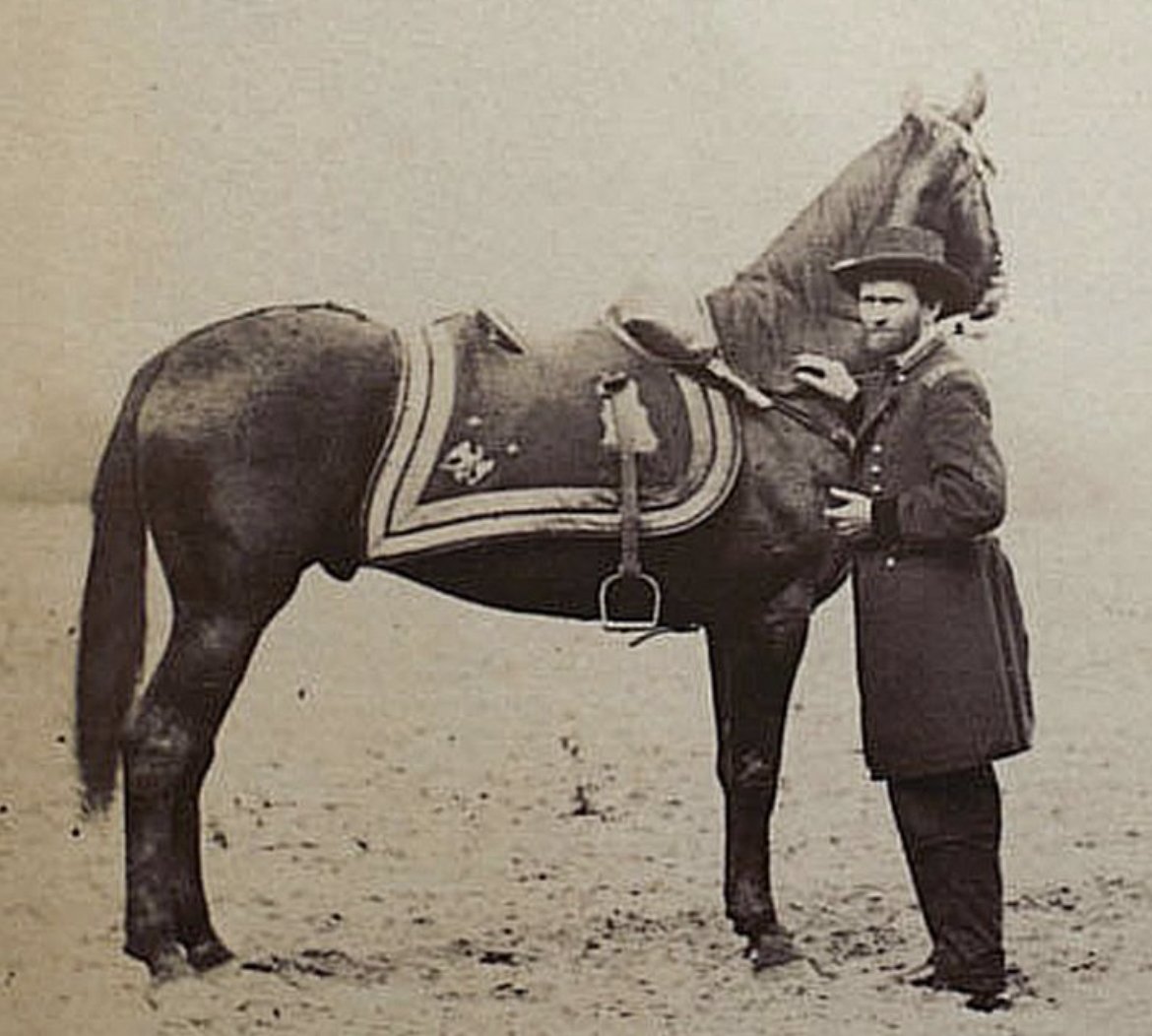
Most know him as Little Sorrel, but Stonewall Jackson first called his horse "Fancy" — he meant to gift his wife with this smaller of two confiscated Northern horses.
After Jackson realized what a reliable mount he had found, the steed carried him until Chancellorsville.
After Jackson realized what a reliable mount he had found, the steed carried him until Chancellorsville.
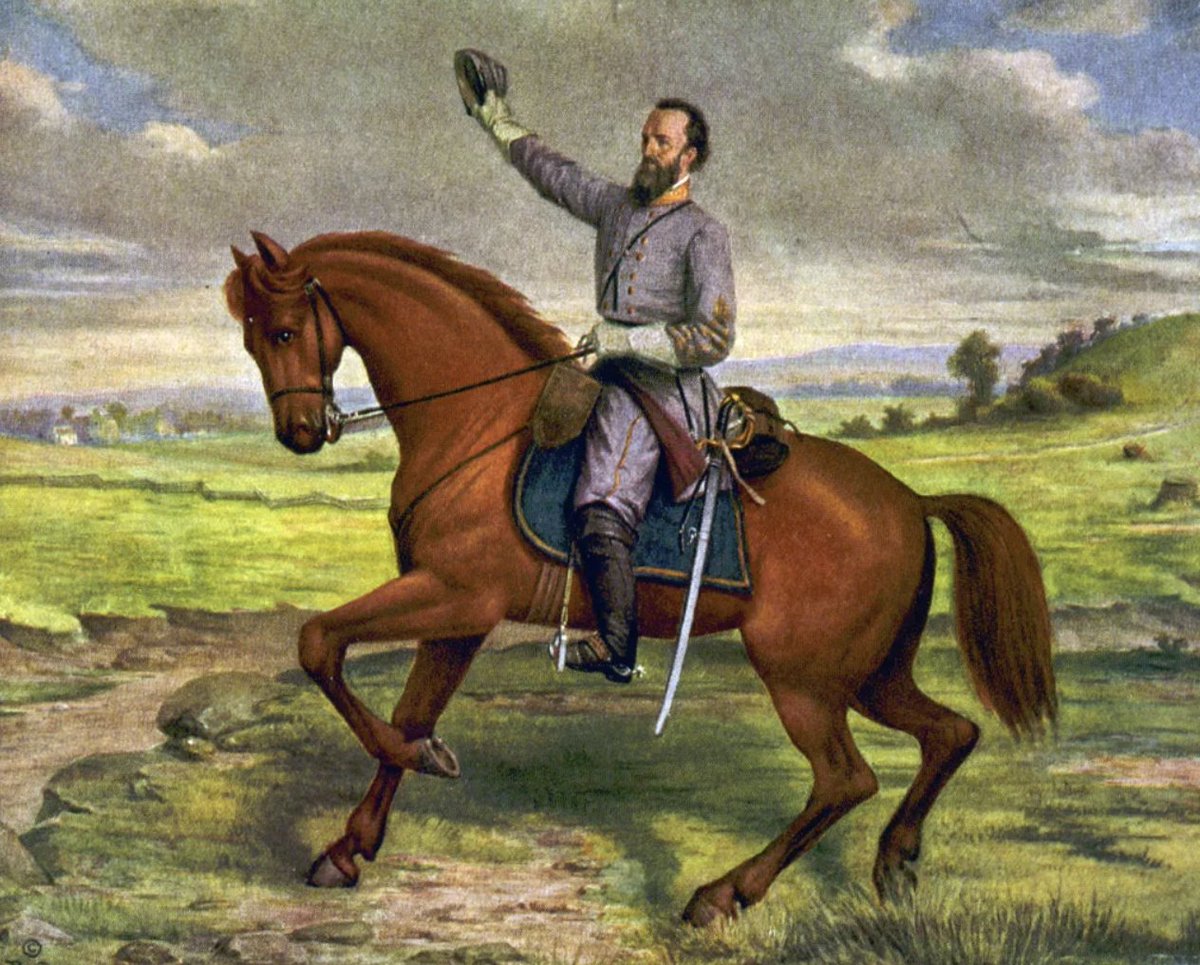
A claybank-colored mustang was captured in the Southwest and sold to the U.S. Army in 1868.
Irish-American soldier Myles Keogh rode him during an engagement with Comanches that year, where the horse suffered an arrow wound, but held strong. Keogh named him Comanche after this.
Irish-American soldier Myles Keogh rode him during an engagement with Comanches that year, where the horse suffered an arrow wound, but held strong. Keogh named him Comanche after this.
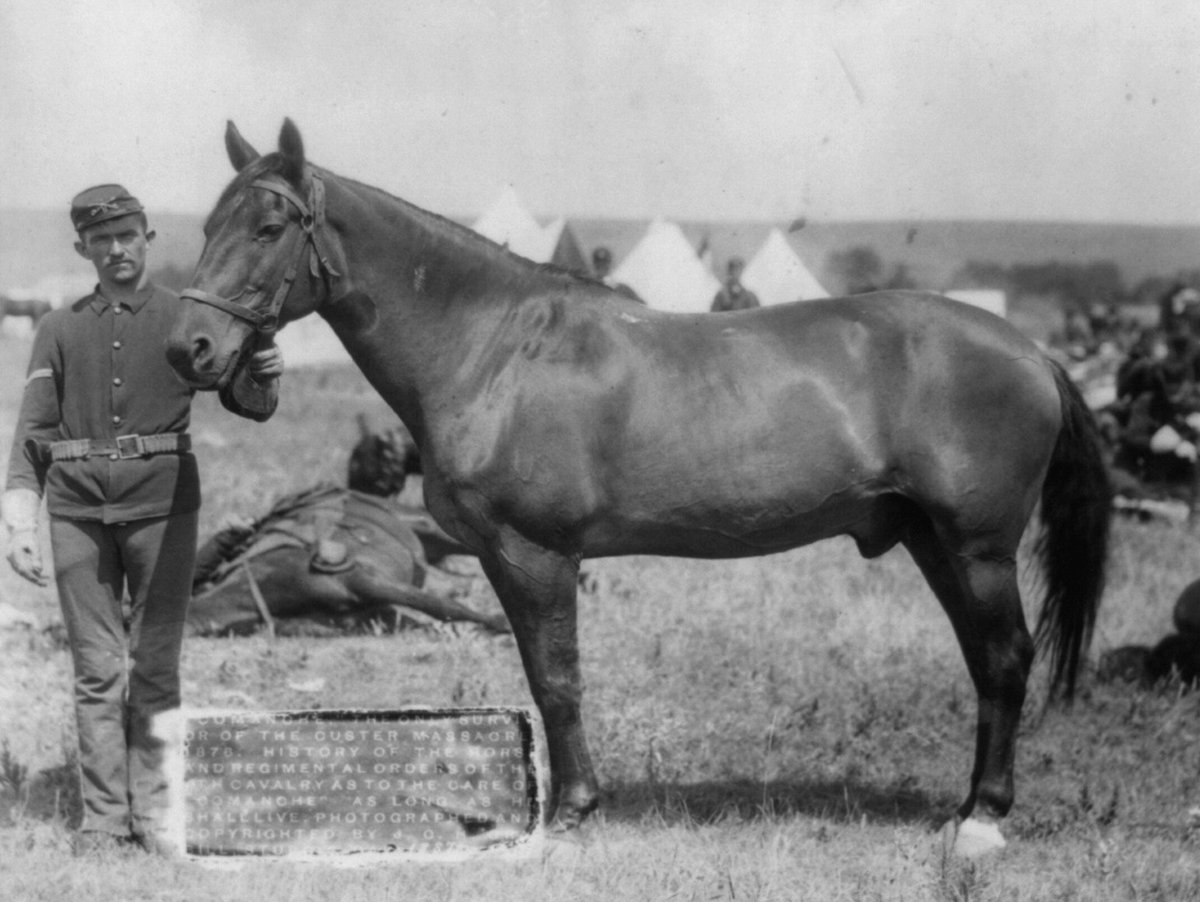
Keogh and Comanche fought under George Armstrong Custer at the Little Bighorn/Greasy Grass in 1876. Of Custer's detachment, none survived but Comanche and a few other horses.
Scarred from the battle, Comanche became a cultural symbol and lived in relative comfort until 1891.

Scarred from the battle, Comanche became a cultural symbol and lived in relative comfort until 1891.
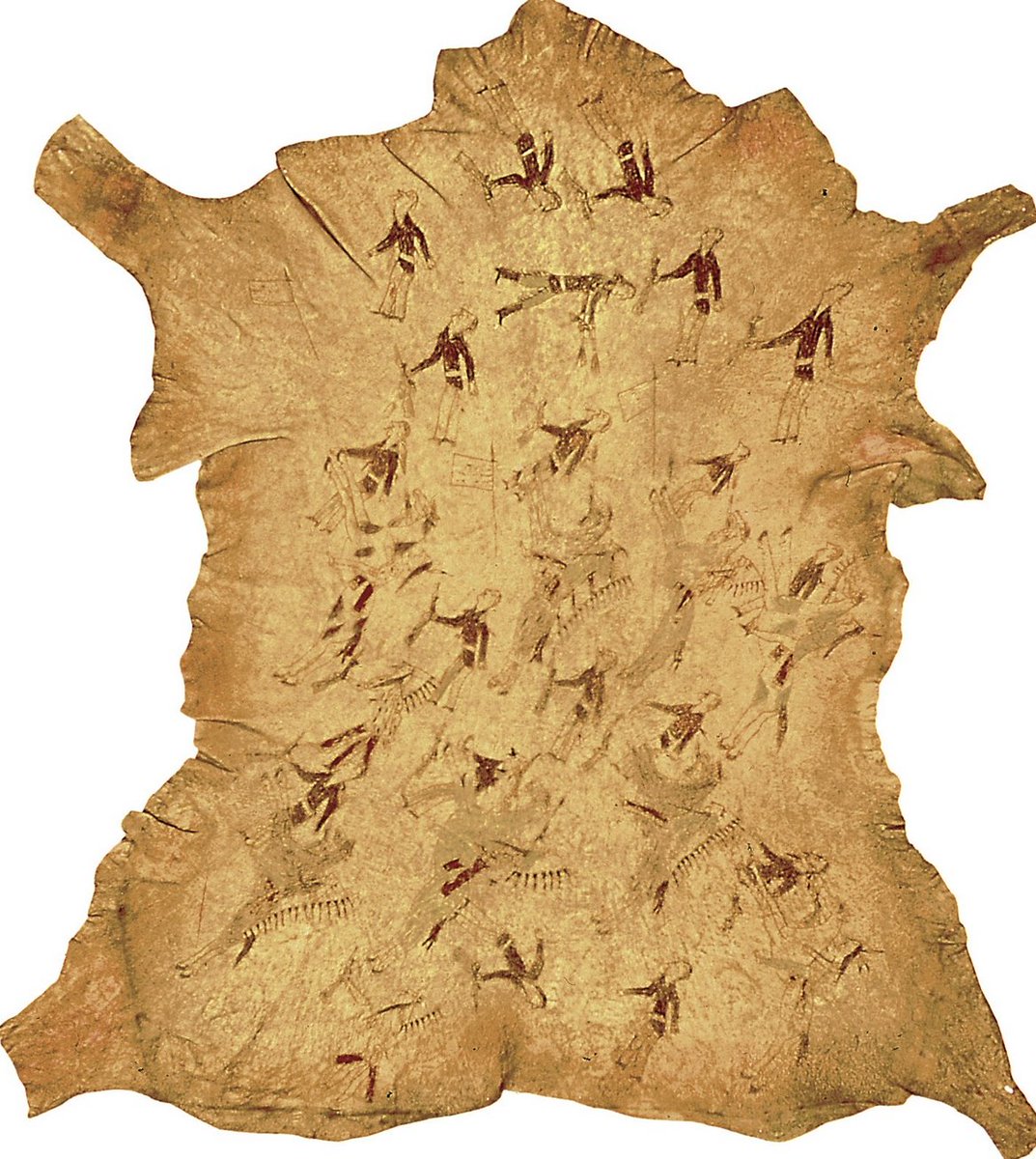
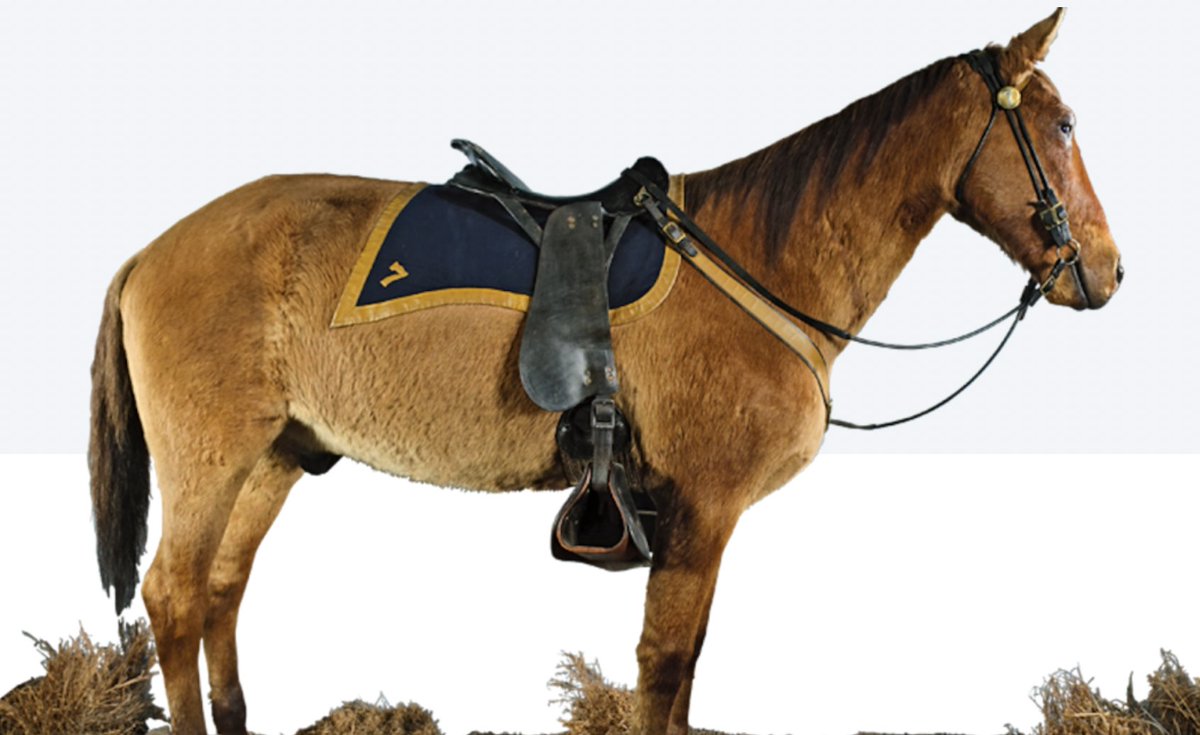
In future maybe I do a thread on horse culture in the nineteenth century esp in the South
• • •
Missing some Tweet in this thread? You can try to
force a refresh

